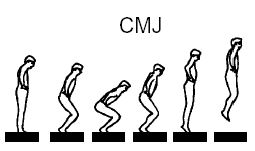AUTHOR: MATT VAN DYKE
Author’s Main Website: http://www.vandykestrength.com/
Every coach in the sports performance realm has likely heard the phrase “There are a million ways to skin a cat” in regards to implemented training. In all honesty this is not far from the truth. Depending on the athlete’s training age, almost any coach can get an athlete “strong”. It takes one with a deeper understanding of what is occurring within the athlete’s organism in order for performance to be increased to the greatest extent. The aim of this post is to force coaches to consider and implement training “concepts” or “primary goals”, rather than just a set, rep, or loading scheme.
As the internship coordinator, I have had the ability to ask countless applicants their processes of improving various aspects of performance through training, such as strength. Depending upon how well read the applicant may be, common answers range from set and rep schemes, weekly training set up, to even methodologies (triphasic, tier, 1×20, etc.). Based on the terminology of the question, all of these responses would be correct. As long as the loading scheme includes progressive overload and stresses the athlete being trained, any methodology has the potential to improve strength. However, when the applicant is asked to further explain their rationale behind implementing a methodology, more times than not their answers are unclear and spoken without much confidence. Please understand I am in no way knocking any applicant or intern that has gone through our application process, but this consistent finding exemplifies one of the bigger problems in our field. Too many coaches can spit out a set and rep scheme, use an intensity chart, or quote a system, while failing to understand the changes or adaptations being induced by the described training methodology. As coaches continue to develop a greater understanding of the human body, the more in-depth their training systems can become.
 Continue reading “Programming Application to Match Desired Adaptations”
Continue reading “Programming Application to Match Desired Adaptations”









You must be logged in to post a comment.